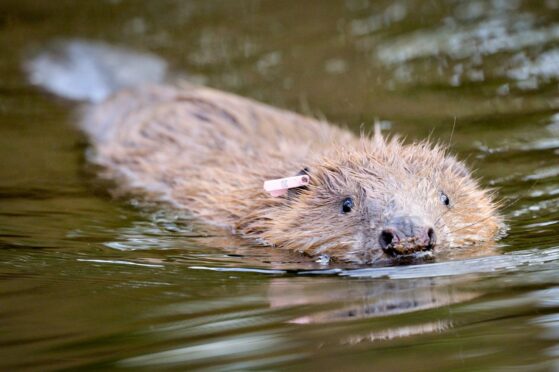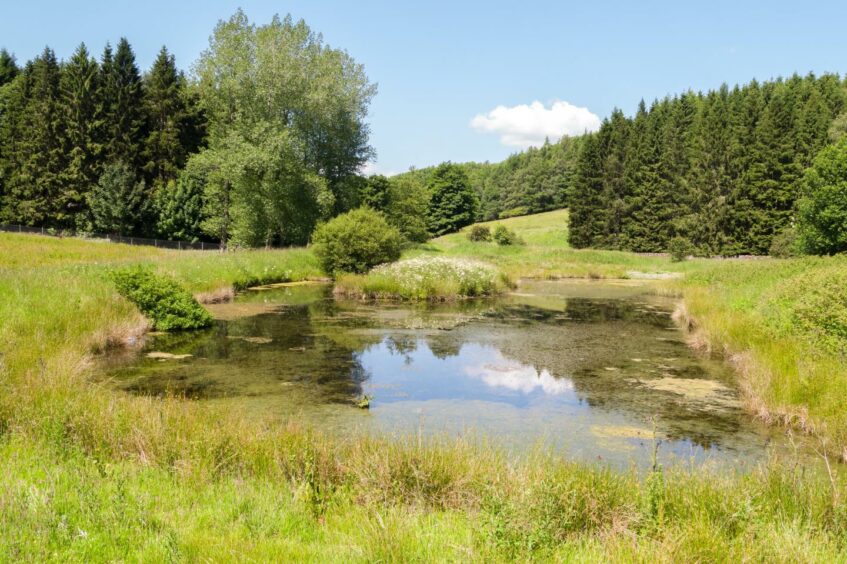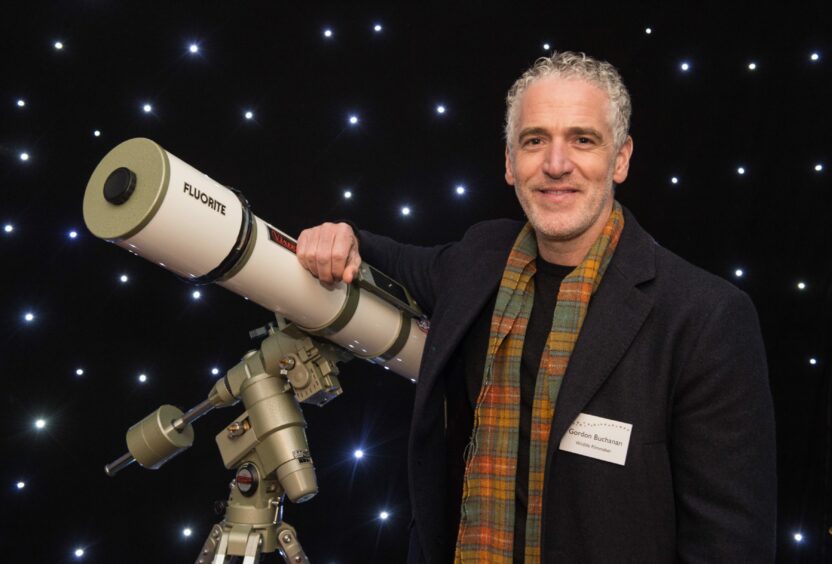A group of more than 20 prominent environmentalists, academics and commentators has urged the Scottish Government to allow the release of beavers across Scotland for the first time since the native species was wiped out 400 years ago.
The group – which includes filmmaker Gordon Buchanan, conservationist Sir John Lister Kaye, wildlife reintroduction specialist Roy Dennis, and Allan Bantick, founding chair of the Scottish Beaver Trial – sent an open letter to Scottish ministers calling for beaver translocation to all areas with suitable habitat for the protected species.
Their move comes after NatureScot announced a single license for beaver translocation to a farm in Stirlingshire.
The group claims the release of beavers at Argaty near Doune is “only a tiny step in the right direction” however. The site is just five miles from the nearest wild beaver population, and in a river catchment where beavers are already present.
Historically, the native animals were present throughout Scotland.
‘Credible action’ required for beavers
In the letter, entitled Beaver Policy in a time of Biodiversity and Climate Crisis, the group says that most of Scotland’s potential beaver habitat remains closed-off to beavers.
It calls for all suitable habitats to be made potentially available for the translocation of the animals from areas where they are currently in conflict with landowners.
It adds: “In advance of COP26, the first minister wisely called for ‘credible action, not face-saving slogans’. The undersigned ask that the same principles are applied to the Scottish Government’s approach to the biodiversity and climate crises, and specifically that ‘credible action’ is urgently taken to address a critical shortcoming in Scottish Government’s current beaver policy.
“Since the Eurasian Beaver was declared a European Protected Species in May 2019, over 200 of these biodiversity-boosting animals have been shot under government licence in Tayside.
“That is over one fifth of Scotland’s total estimated beaver population killed in 24 months – the vast majority of which could have been moved to suitable habitat in other parts of Scotland where their ecosystem engineering would bring multiple environmental benefits to both human and wildlife communities.”
Protected species still being persecuted
The Eurasian beaver, which disappeared from Scotland’s lochs and rivers in the 16th century, became the first mammal ever officially reintroduced to the UK following a trial that ran in mid-Argyll from 2009-2014.
There are now thought to be up to 1,000 beavers in total, including a population in Tayside that resulted from unauthorised releases and has spread naturally into surrounding areas.
While their presence brings many environmental benefits, the animals can also cause problems with certain human land uses, especially in low-lying agricultural land.
In 2019 they were awarded European Protected Species status in Scotland, which made it illegal to carry out a range of activities, including lethal control of beavers and destroying established dams and lodges, without a licence.
However, 87 Tayside beavers were shot under government license in 2019/2020 and another 115 in 2020/2021 despite estimates that there are over 105,000 hectares of “suitable beaver woodland habitat” all across Scotland.
Current approach makes a mockery of vow that lethal control is ‘last resort’
The letter adds: “The failure to consider translocation to new river catchments within Scotland of these hugely popular mammals makes a mockery of the Scottish Government’s ‘face-saving slogan’ that ‘lethal control is always a last resort’.
“Last month, in judicial review proceedings brought in the Court of Session by the charity Trees for Life, Lady Carmichael ruled that NatureScot had ‘erred in law’ by issuing licenses to kill beavers without sufficiently explaining why lethal control measures were necessary.
“Killing such high numbers of a European Protected Species – especially one which brings multiple environmental benefits — is a national embarrassment. The Scottish Government urgently needs to endorse ‘out of range’ translocation in order to avoid such disgracefully high levels of killing in future.”
Andrew Thompson, a trustee of the Scottish Wild Beaver Group, said: “It’s encouraging that so many distinguished voices are calling out the prohibition on translocation to new river catchments.
“Public patience is running out with a government policy which pushes farmers into lethal control applications, and which fails to grasp the seriousness of the biodiversity crisis.”
Who signed the letter?
Allan Bantick, OBE: conservationist, former chairman of Scottish Wildlife Trust.
Gordon Buchanan: wildlife filmmaker and television presenter.
Professor Roger Crofts, CBE: environmental strategy adviser, former chief executive of Scottish Natural Heritage.
Jim Crumley: nature writer.
Roy Dennis: wildlife reintroduction specialist, nature writer.
Professor Alastair Driver: conservationist, rewilder, explorer.
Holly Gillibrand: environmental activist, writer, rewilding enthusiast.
Professor James Hunter: writer and historian.
Sir John Lister Kaye, OBE: conservationist, educator and nature writer.
Professor Fiona Mathews: environmental scientist, chairwoman of the Mammal Society.
Ben Miller: actor and children’s writer.
Cameron McNeish: wWriter and outdoor commentator.
Dave Morris: land reform campaigner and former director of Ramblers Scotland.
Polly Pullar: conservationist and nature writer.
Derek Robertson: wildlife artist.
Alan Stewart: wildlife crime author.
Professor Christopher Smout, CBE, FBA, FRSE: environmental and social historian (Historiographer Royal) and author.
Isabella Tree: best-selling nature writer and ecological restoration pioneer.
Kenny Taylor: nature writer and former conservation director for Scottish Wildlife Trust.
Alan Watson Featherstone: ecologist, nature photographer, inspirational speaker, founder of Trees for Life.
Hamza Yassin: wildlife cameraman and television presenter.


